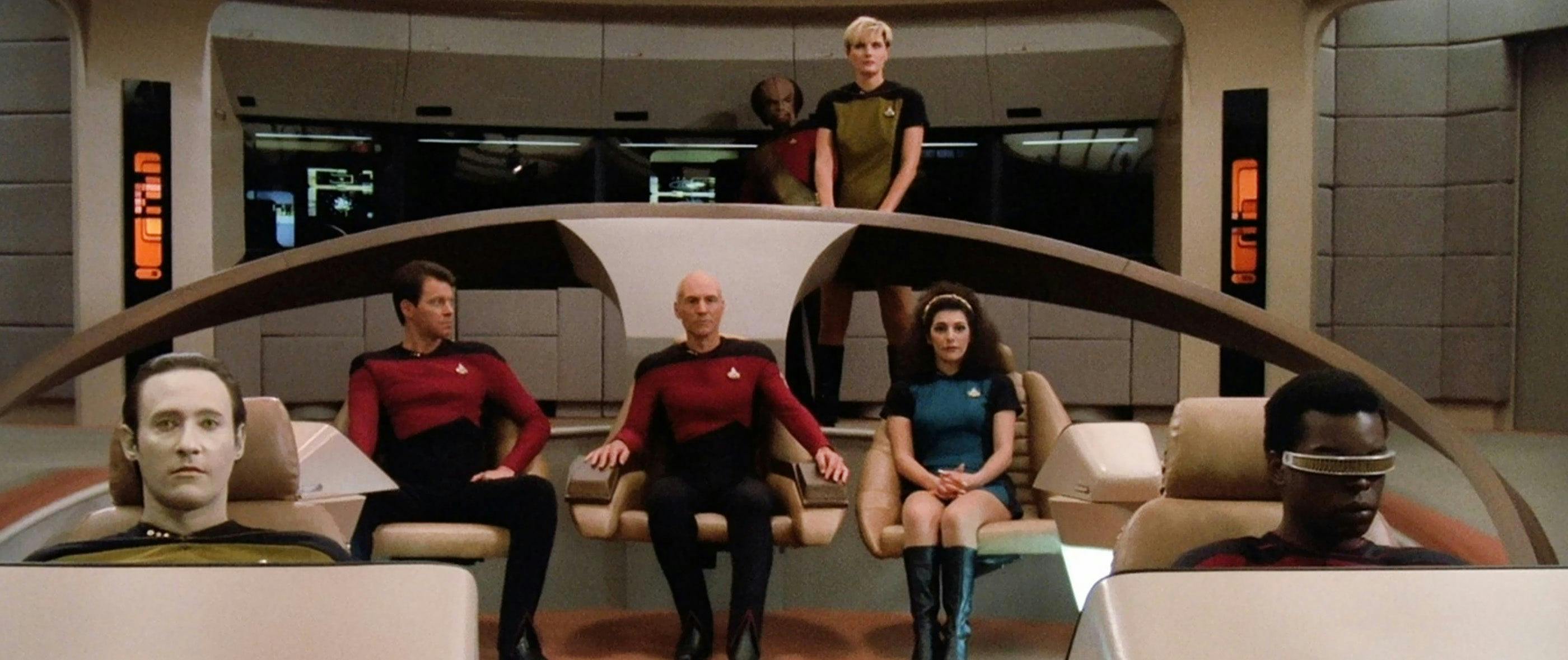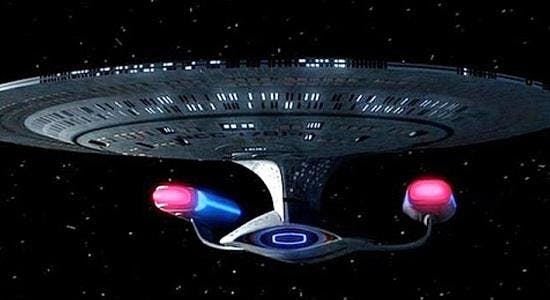Published Mar 28, 2017
Star Trek 101: Ship Separation as Seen on TNG
Star Trek 101: Ship Separation as Seen on TNG

Star Trek 101, StarTrek.com's newest regular column, serves two functions: succinctly introduce Star Trek newcomers to the basic foundations and elements of the franchise and refresh the memories of longtime Trek fans. We're pulling our entries from the book Star Trek 101: A Practical Guide to Who, What, Where, And Why, written by Terry J. Erdmann & Paula M. Block and published in 2008 by Pocket Books. An invaluable resource, it encompasses The Original Series, The Animated Series, The Next Generation, Deep Space Nine, Voyager and Enterprise, as well as the first 10 Trek feature films. Today, we examine ship separation as seen in TNG.

The Enterprise is made up of two sections: a saucer module on the top, and the engineering section on the bottom. The saucer houses the living quarters and can, in emergencies, be separated from the lower section, making it an honest-to-goodness flying saucer.
What constitutes an emergency? A major attack. The captain heads for the engineering section and orders nonstrategic personnel and families to the saucer, which is sent off into safer territory while he fights the bad guys.
Nice concept, but it doesn't happen very often, because in order for the visual effects experts to separate the ship, they must separate a lot of money from their budget. The effect was done only three times on the show.
Paula M. Block and Terry J. Erdmann are coauthors of numerous books about the entertainment industry, including Star Trek 101; Star Trek Costumes: Fifty Years of Fashion from the Final Frontier; Star Trek: The Original Series 365; and Star Trek: Deep Space Nine Companion. They currently are writing the latest in their series of Ferengi novellas, which (so far) includes Lust’s Latinum Lost (and Found); and Rules of Accusation. Their most recent non-Star Trek book is Labyrinth: The Ultimate Visual History.

